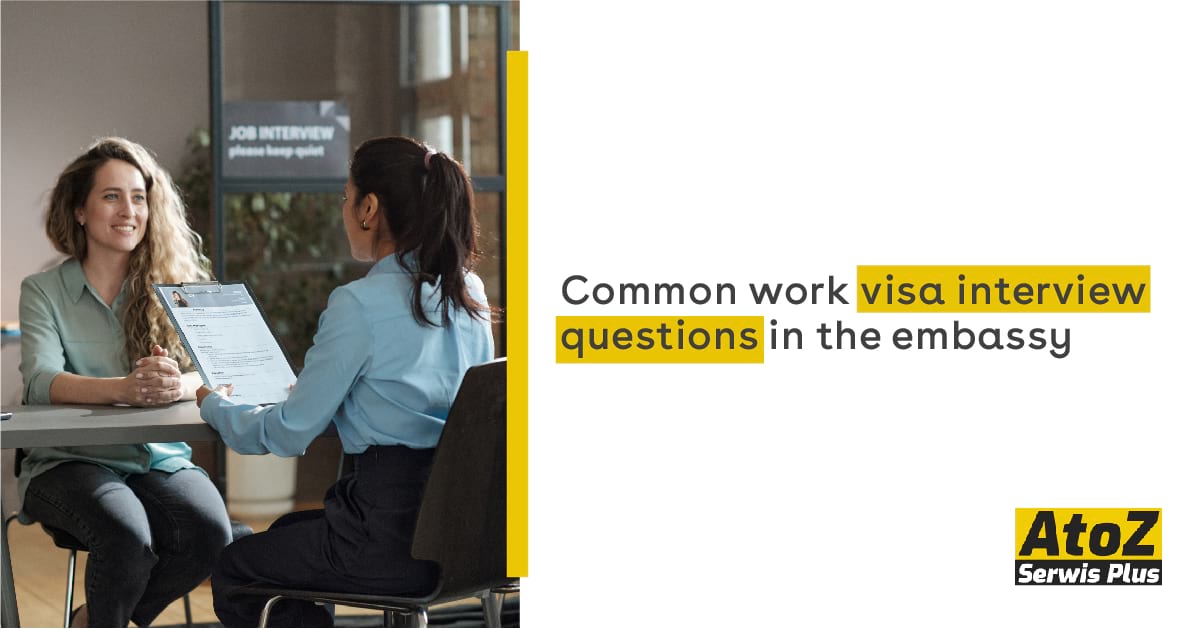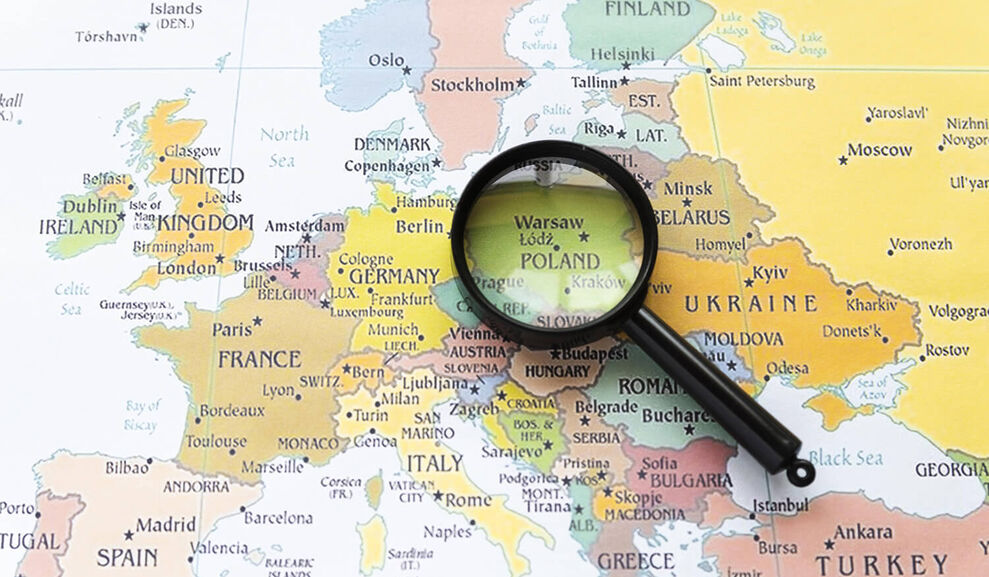

Dress to impress? Business dress code in Poland
The rule ‘dress to impress’ does not necessarily apply to office life in Poland. Poles are a nation of simple tastes and in professional contacts they value modesty and class. What else will help you make a good first impression on your business partner?
Everyday office dress code
Not all companies enforce dress codes. Even during your application process you may find out whether or not your future employer has any restrictions towards clothing. There is a difference in fashion choices of start-up workers and big corporation employees. While the first group may even favour standing out from the crowd, the second one is usually asked to dress more conservatively.
Within the BPO sector most companies have some kind of guidelines for clothes worn at work. Typically, men are asked to wear a dark-coloured suit with a shirt and a tie. Women have it easier and more difficult at the same time. They have a wider range of fashion items to choose from (suits, skirts, elegant blouses, blazers, cardigans) but having more choice means also more risk. The general idea in Poland is not to experiment too much with colours and cuts – simplicity is highly valued and this includes neutral colours and classic shapes. Showing too much cleavage or short skirts will not be appreciated. Female employees also need to remember that many companies require them to wear tights all year long, even in the summer (thank God for the AC!)
Business meetings
For business meetings the rules are more or less the same. In Poland a general tendency shows that the higher you are in the hierarchy of your company, the more classic and simple clothes you wear. Suits are popular among men and women equally. The latter may also opt for popular knee-length business dresses. The biggest attention is paid to the quality of the clothes you are wearing. For men, their watch is often the main accessory to give their outfit an individual touch. Women can use a wide range of jewellery, but again, it has to be discreet so as not to dominate the whole look. You certainly don't want to intimidate your business partner with your sparkly dangling bracelets!
Smart casual
There is also a considerable group of those employed in mid-sized organisations, where they can dress according to the so-called smart casual or business casual style, which mixes elegant and relaxed wardrobe elements. This means no tie for men who can also wear more colourful shirts instead. They may also choose a blazer or a neat polo T-shirt to go with elegant trousers.
For women it still means classic pants, but the rule does not apply to skirts, which can be more varied (but still never above the knee!). Colours and prints are also welcome on shirts with classic cuts. Shoes do not have to be high-heeled anymore, which is a huge relief to many ladies.
Casual Friday
The special day at work towards the end of the week is a Western invention and was quickly adapted in Polish office environments. Who wouldn’t like to have a day off from dress code? Stiff corporation rules can be relaxed towards business casual fashion solutions, however if a meeting with a big potential client is scheduled for a Friday, they would probably not appreciate a business partner in a pastel-coloured male cardigan more appropriate for a family picnic.
Why bother?
Poland is a country like many others, where employers want their employees to identify with a company philosophy. The people and the ideas should simply create a coherent image and your fashion choices are part of it. If you want to be a valuable employee you may want to make your boss focus on your skills and achievements, not the way you look. Choosing neutral clothes, accessories, hairstyles and make-up is certainly a good start.





